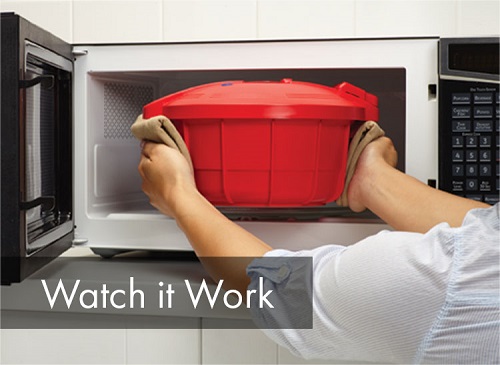The definition of boiling point and the energy changes that occur in the boiling process are described in detail in the previous article. This article deals with application of this knowledge to solve our problem to attain energy efficient cooking method and also to answer the effects of high altitude on cooking.
Since the boiling point temperature and hence the maximum temperature to which a liquid can be heated (before it changes into gaseous form) depends on pressure, one can alter these by altering the pressure conditions. The pressure generated in a pressure cooker is largely because of water vapour. A pressure cooker requires certain amount of water that is readily converted to water vapour. This vapour generated cannot escape the container as it is air tight (check the rubber material that serves this purpose). The vapour generated increases the pressure inside the container. With an increase in temperature more water vapour is generated and more is the pressure.
Inside the cooker the raw material that needs to be cooked (with the help of water) is placed in a container along with water. Main heat source (like a stove) heats both the water in the cooker and also in the container. But since the pressure is high, the water in the container doesn’t boil till it is heated to high temperatures. This enables it to absorb large amount of heat and transfer the same to the cooking material. Secondly, we know that with an increase in pressure there are more collisions between the liquid surface and vapour particles resulting in an increase in the temperature. Hence the vapour generated is used to increase temperature unlike the case in conventional cooking where vapour generated is lost into the atmosphere.
In the case of high altitude, as we have learnt during our Physics tuition classes, the atmospheric pressure is low. As a result the boiling point of water comes down. In other words water cannot be heated to high temperatures. The result is no matter for how long you heat the water, the food becomes uncooked and depending on the cooking time all of the water may get vaporised. This problem was documented in Charles Darwin’s ‘The Voyage of the Beagle’ . The problem can be best circumvented by using a pressure cooker where the effect of atmospheric pressure is nullified. Thus the questions posed in the previous article stand answered.


